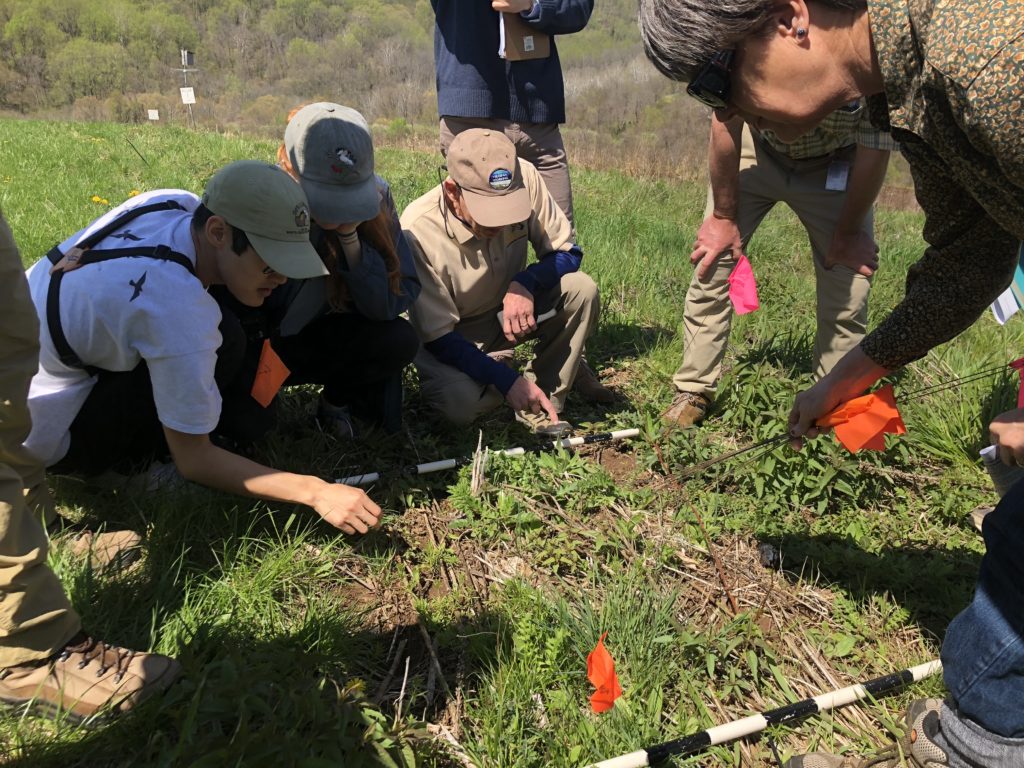
We strive to understand Virginia’s rich biodiversity by conducting conservation research throughout our region and empower action by leading with science.
Our efforts reveal how land management decisions impact our wildlife, water, and landscapes.
To do so, VWL teams up with citizen scientists, SCBI researchers, universities, partnering organizations, and landowners to conduct research on private and public lands. Current projects include looking at how our activities influence movement patterns of our region’s carnivores, exploring how urban development impacts bumblebee populations, and identifying relationships between native plants, land management, and wildlife. These studies can help delineate areas of conservation priority while engaging landowners and educating them regarding best practices for biodiversity. Through the development of consistent survey protocols and rigorous volunteer training, we have found that these data yield insightful results that can be applied to local land management.
Our research focuses on three major themes: Biodiversity, Ecosystem Services, and Threatened Species.
“Biodiversity” refers to the variety of living organisms, from the level of single genes, to species, to entire ecosystems. Humans benefit from biodiversity via the provision of ecosystem services as well as cultural or social values. This concept cuts across many topics in ecology and conservation, and therefore many of VWL’s projects fit well under this umbrella.
Highlighted Project: Grassland Biodiversity Monitoring
“Ecosystem Services” are the products and processes that nature provides to us for free – such as clean air and water, pollination, fertile soils, flood control – and which we often take for granted. They are essential for environmental and human health, and effectively donate billions of dollars’ worth of goods and services.
Highlighted Project: Arthropod Diversity and Nutritional Quality
“Threatened Species” in Virginia are declining for a number of interrelated (and sometimes poorly-understood) reasons, ranging from habitat loss and fragmentation, to competition with invasive species, to the over-application of pesticides/herbicides, and more. Of particular concern are the rare/declining species that were once common and widespread, such as the Rusty-patched bumblebee and Loggerhead shrike. Understanding the causes of decline in these species is important to the restoration of imperiled populations and the prevention of further species losses.
Highlighted Project: Orchid Monitoring Project
To learn more about our conservation science work, you can explore our Projects Page.
SUPPORT VWL
VWL is supported 100% by grants and donations and our work is made possible by the generous contributions from our community.
The Smithsonian Institution is a 501(c)(3). All contributions are tax-deductible.
GET IN TOUCH
Virginia Working Landscapes
Smithsonian’s National Zoo and Conservation Biology Institute
1500 Remount Road, MRC 5537
Front Royal, Virginia 22630
SCBIVWL@si.edu
540-635-0035
